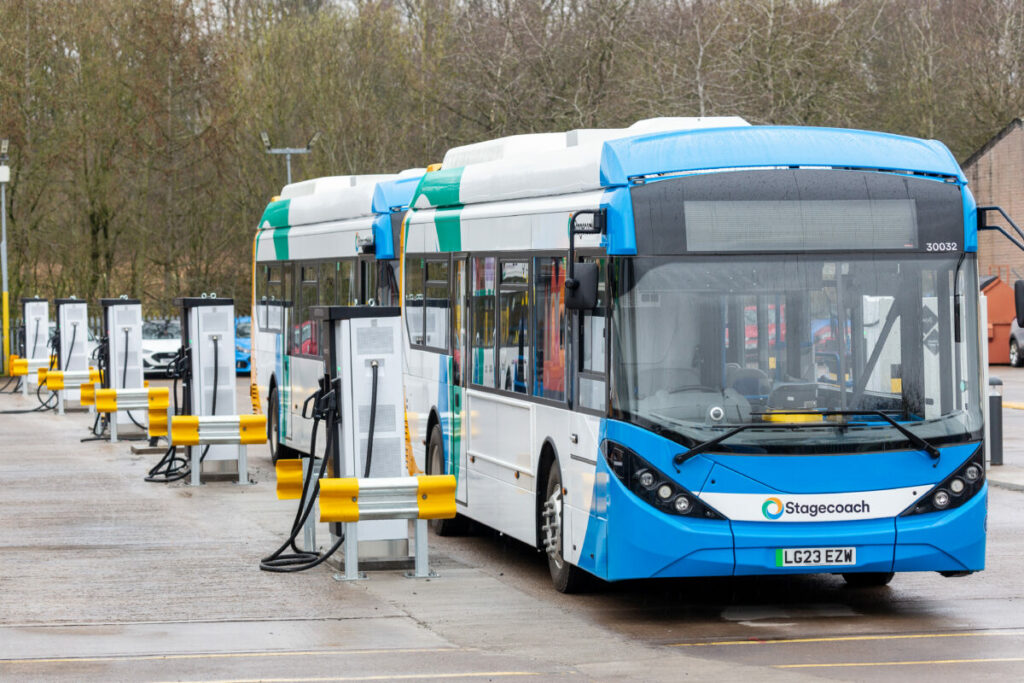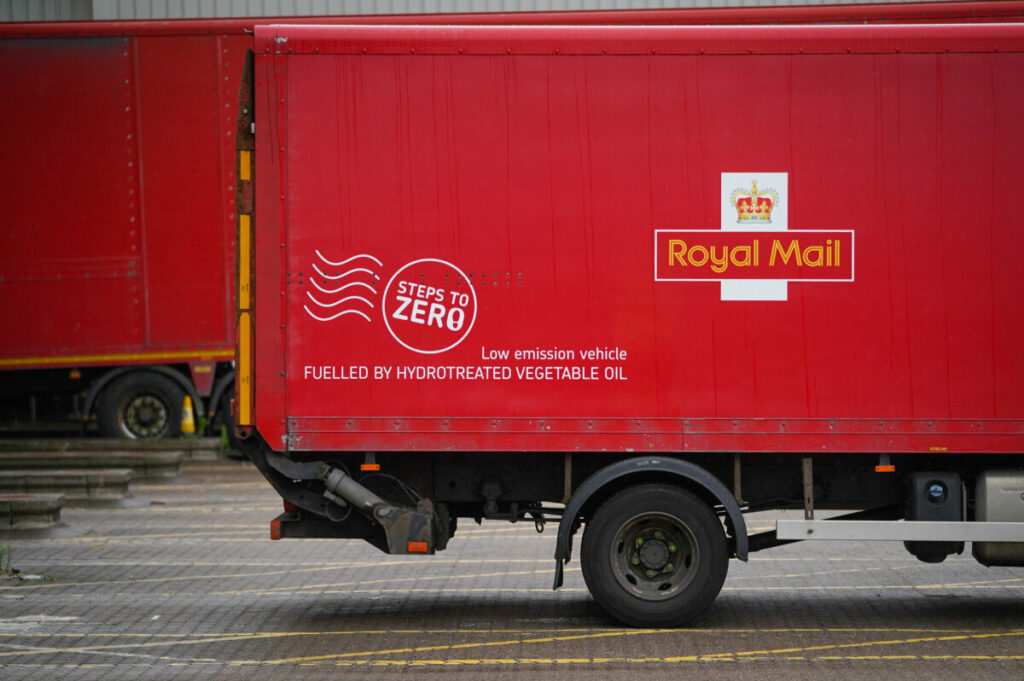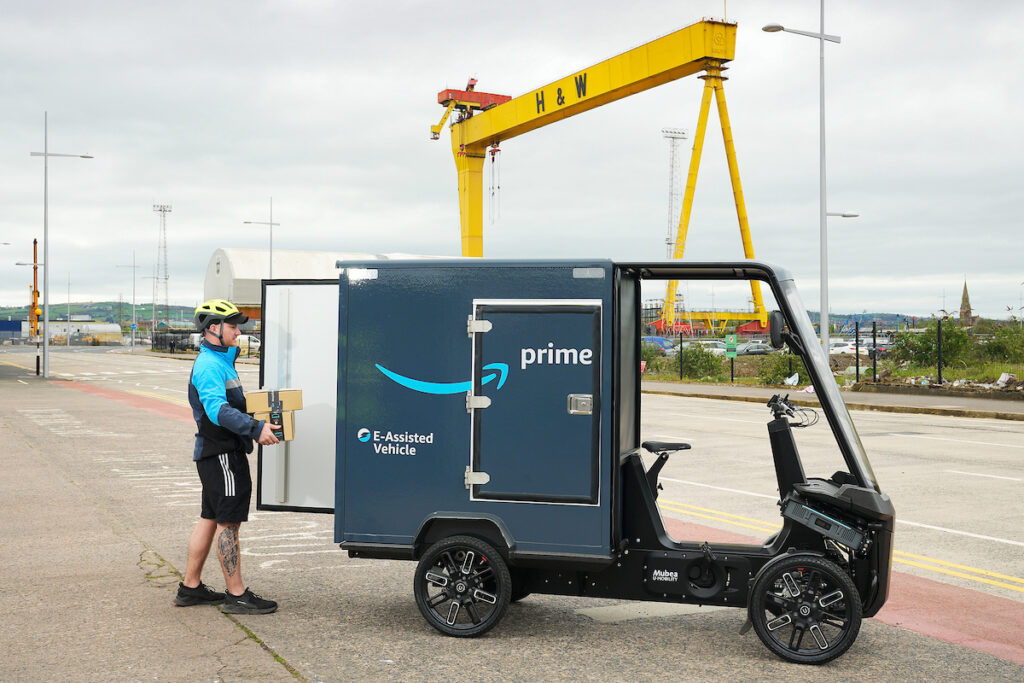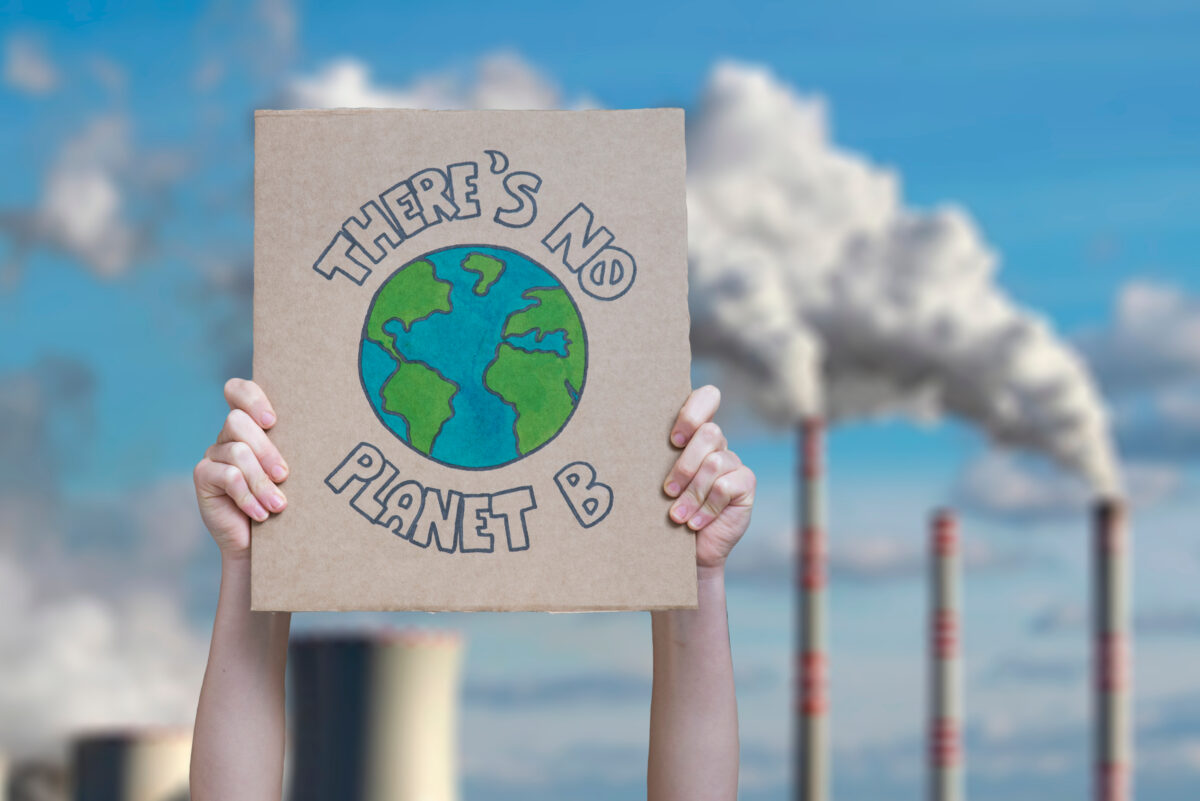
With Cop28 just around the corner, the climate conversation is at the forefront of many corporate conversations and with so much conflicting – and emotive – information at our fingertips, communication around climate issues must be effective if it is to cut through the noise.
PR giant Weber Shandwick has conducted an AI-led analysis of the climate conversation, forming four key observations and recommendations to help inform leaders on how best to face this delicate balancing act.
Graham Reid, Weber Shandwick UK’s head of sustainability, takes us through these recommendations, including focusing on incremental progress to navigate attacks and demands from activists, and why everyone should be part of the climate conversation.
As we approach Cop28, the volume and intensity of climate communications reaches a frenzy and it becomes increasingly difficult to communicate effectively about climate topics.
It takes just a cursory browse through recent climate-related stories to understand that we are living through one of the most complex and conflicting periods for communications professionals.
In this context, even established and incontestable facts – such as irrefutable climate science – can be challenged. To communicate with confidence, leaders must first understand a whole breadth of perceptions – whether based on fact, conjecture or plain misinformation.
We used AI to link together recurrent narratives and found three consistent threads in the climate crisis conversation. All three are charged with scrutiny and cynicism.
First, we saw a challenge to net-zero policies, with dialogues asserting that policies are either meaningless, fraudulent, or both. Secondly, there is a clear narrative that corporate influence is impacting climate legislation (with qualitative criticism from many that this is not for the better), and thirdly, a consistent theme that policymakers are overreaching on legislation – pushing a climate agenda where it isn’t warranted.
Given these tensions and polarised positions, corporations face a delicate climate balancing act. So, what can be done? Analysing our data, we made four key observations and recommendations.
Subscribe to Sustainability Beat for free
Sign up here to get the latest sustainability news sent straight to your inbox everyday
Work together
We found that corporations are blamed for both complying with government mandates and for not lending support to ambitious climate policy.
In this environment, to generate positive engagement, climate communications should focus on developing cooperative messages that reinforce a distinct role for each sector. This is an issue that is bigger than any one brand but the private sector can advance innovation and financing and the public sector can create an enabling environment to scale solutions.
Dial up communications
We observed that pro-climate activists are demanding action and increasingly attacking corporates for greenwashing.
It’s time to dial up communications about incremental progress against long-term goals to earn positive stakeholder engagement. This is a journey, tell the story over time and deliver it in a candid and transparent way. No one solution is the panacea, so there isn’t an expectation of one from brand. Communication about action is imperative.
Join the conversation
Turning down the volume on climate messaging opens-up accusations of greenhushing.
Companies and policymakers can position small wins and smart pivots as positive momentum and opportunity for collective learning. It falls on everyone to join the conversation where relevant, and lead where possible. Silence is a risk in itself, and conversely can be perceived as ambivalence to these critical issues.
Stand firm
Extreme activists on both sides will always find a reason to attack corporate and government action.
All communicators must assess the risks of all statements and be prepared to mitigate criticism from entrenched views. The most successful efforts will focus on the ‘moveable middle’ of stakeholders.
As we approach COP28, leaders will need to pay close attention not just to what they want to say, but also to arrive at the conference ready to listen.
Effective communication means grasping the polarised narratives of this space and thinking about how a particular brand can show value both at COP28 and beyond. By demonstrating their value, fostering collaboration and sharing successes, businesses can make a meaningful impact in this milestone of the climate communications calendar.















